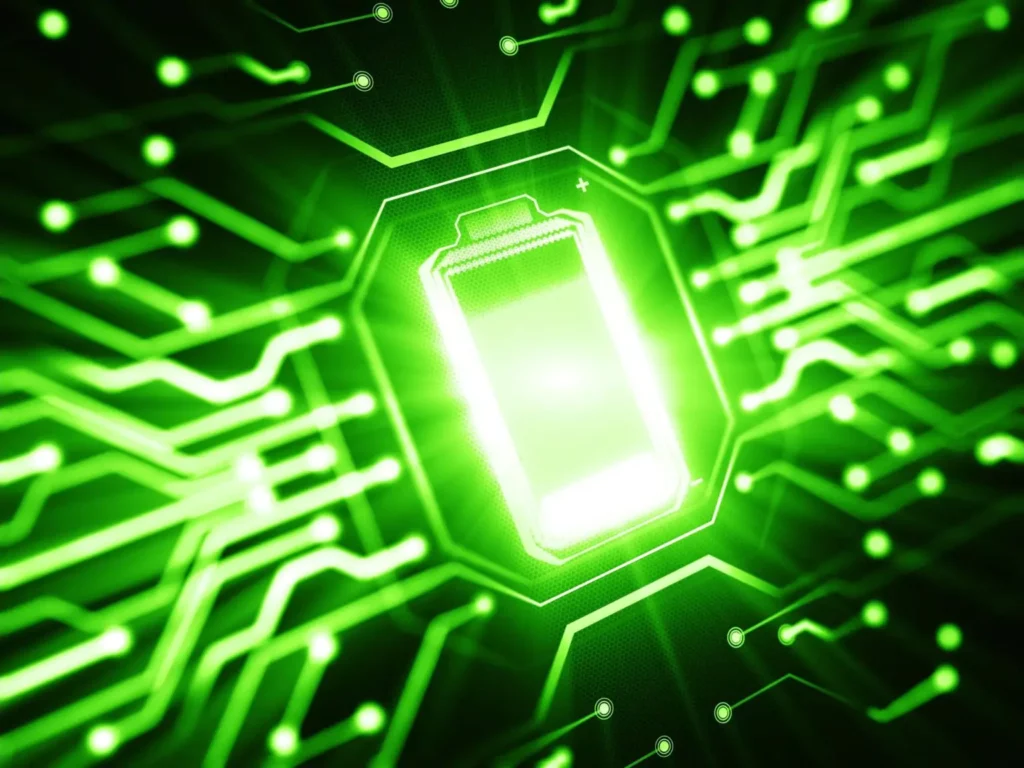Increasing the current EV range by at least 10 folds is possible by using a stable and high-capacity anode material in EV batteries.

The Electric Vehicle (EV) market has witnessed tremendous growth, crossing the $1 trillion sales mark globally in 2022 and selling more than 108,000 units domestically. Consequently, there has been an inevitable rise in demand for high-capacity batteries to increase the driving range of EVs.
A joint team of researchers at POSTECH and Sogang University have developed a high-capacity anode material with a stable and reliable charged polymeric binder. This material offers at least 10 times the capacity of traditional graphite anodes. Substituting graphite with Si anode and layering charged polymers achieved the breakthrough while ensuring stability and reliability. High-capacity anode materials like silicon are crucial for high-energy density lithium-ion batteries, offering over 10 times the capacity of graphite or other materials.
Battery performance and stability are at risk due to the volume expansion of high-capacity anode materials during their reaction with lithium, which presents a significant challenge. To address this issue, researchers have been exploring polymer binders that can effectively manage volumetric expansion. Research has only examined chemical crosslinking and hydrogen bonding. Chemical crosslinking makes the binder molecules solid, but it cannot be repaired once broken. Hydrogen bonding, based on electronegativity differences, is a weaker, reversible secondary bonding between molecules.
The research team have developed a new polymer that uses Coulombic forces, which are stronger than hydrogen bonding, and reversible for easy volumetric expansion control. Charged polymers are arranged in alternating layers with positive and negative charges to bind effectively with the negatively charged surface of high-capacity anode materials. Polyethylene glycol regulates physical properties and Li-ion diffusion, resulting in a thick high-capacity electrode with maximum energy density for Li-ion batteries.
Researchers believe there is potential to significantly increase the energy density of lithium-ion batteries by incorporating high-capacity anode materials, which could extend the driving range of electric vehicles. The driving range could be increased at least tenfold with silicon-based anode materials.
Reference: “Layering Charged Polymers Enable Highly Integrated High-Capacity Battery Anodes” by Dong-Yeob Han, Im Kyung Han, Hye Bin Son, Youn Soo Kim, Jaegeon Ryu and Soojin Park, 3 February 2023, Advanced Functional Materials.
DOI: 10.1002/adfm.202213458






